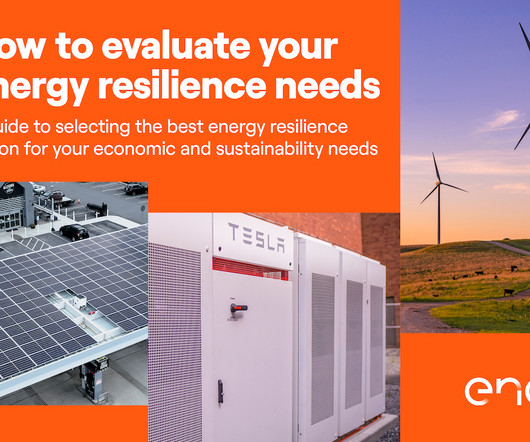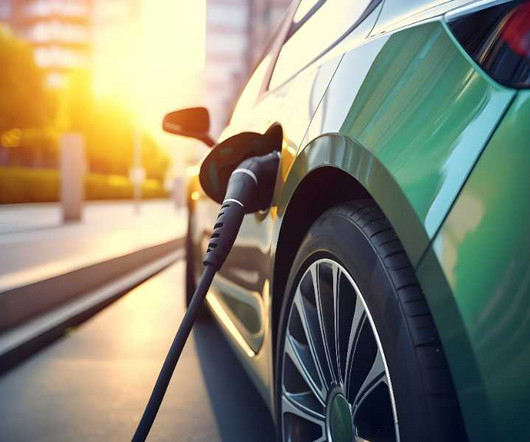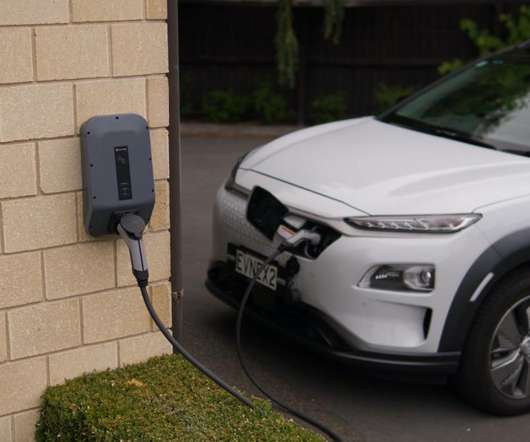How to Evaluate Your Energy Resilience Needs
GreenBiz
JULY 25, 2023
Extreme weather, a changing resource mix, and energy price volatility – these factors are transforming the energy landscape and driving organizations to prioritize energy resilience. As a result, organizations are increasingly looking for solutions that align with their energy resilience goals.















Let's personalize your content